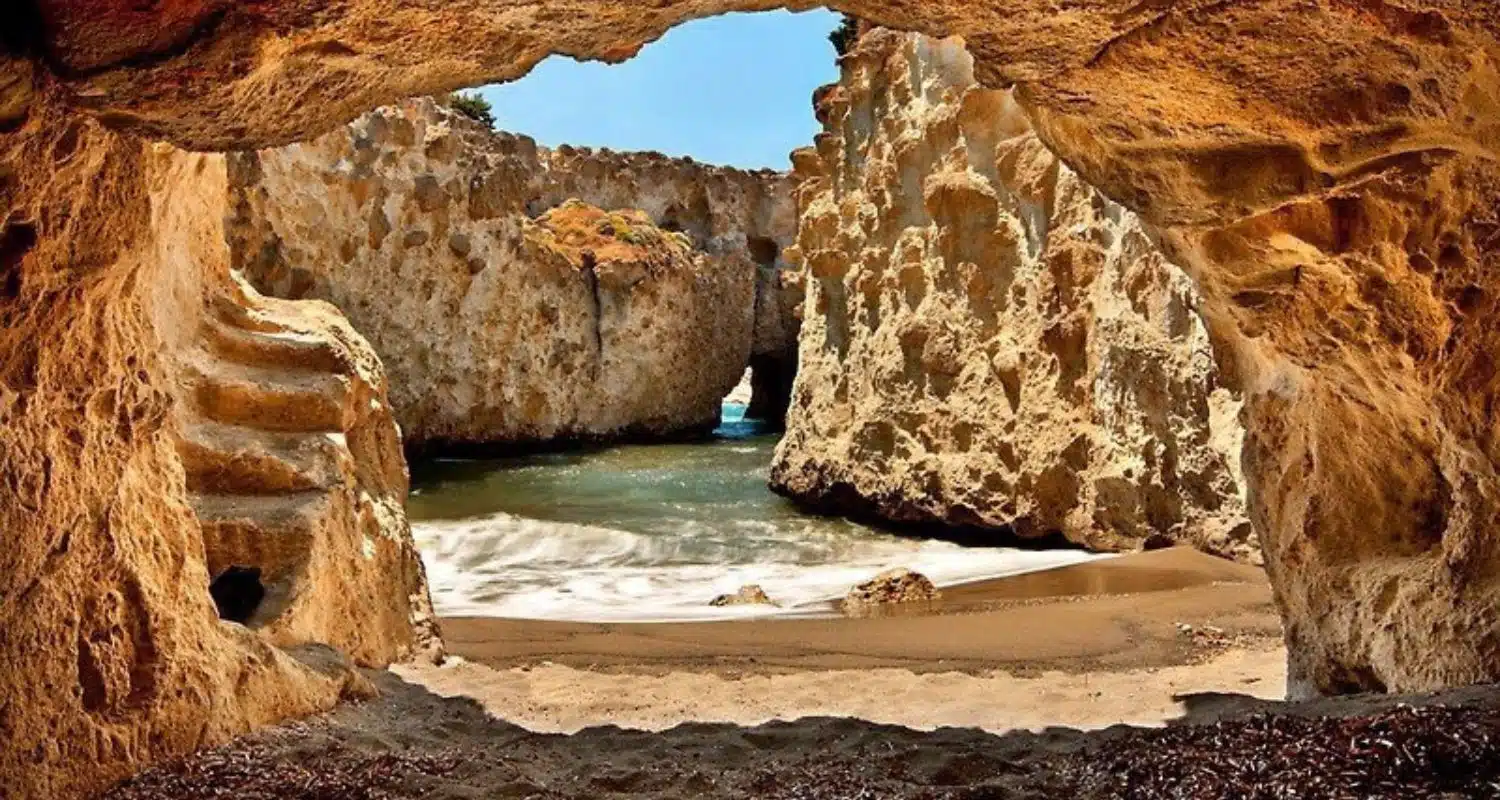Cave of Hercules Tangier: A Legendary Wonder of Morocco You Must Visit
A Portal to Myth and Majesty
The Cave of Hercules Tangier is one of Morocco’s most fascinating natural wonders, blending history, mythology, and breathtaking scenery. Located on the rugged Atlantic coastline just outside Tangier, this legendary cave has captivated travelers for centuries. With its distinctive opening shaped like the African continent and its deep-rooted connection to Greek mythology, the site offers more than just geological beauty—it tells a story of ancient civilizations, explorers, and local traditions.
Visitors are drawn to this site not only for its historical significance but also for its dramatic ocean views and the echoes of past cultures that once passed through Tangier. Whether exploring the carved rock formations, learning about the myths surrounding the cave, or simply taking in the sound of waves crashing against the cliffs, every moment spent here is unforgettable.
Don’t wait! Get the answers you need now by chatting with us on WhatsApp.
1. The Mythology Behind the Cave of Hercules Tangier
The Cave of Hercules is steeped in legend, with one of the most famous stories linking it to the Greek hero Hercules. According to mythology, Hercules used the cave as a resting place after completing his eleventh labor—the capture of the golden apples from the Garden of the Hesperides, which was said to be located in North Africa. Some versions of the legend suggest that he separated Africa from Europe at the Strait of Gibraltar with a mighty blow, creating what is now known as the Pillars of Hercules.
Local folklore adds to the intrigue, with stories of a hidden underwater tunnel connecting the cave to Gibraltar. Some also believe the cave was a dwelling place for ancient civilizations, while others claim it holds spiritual significance, making it a place of mystery and reverence.
2. The Iconic “Map of Africa” Opening: A Natural Masterpiece
One of the most striking features of the Cave of Hercules Tangier is its opening facing the Atlantic Ocean, which remarkably resembles the outline of the African continent. This naturally carved formation has made the cave one of the most photographed spots in Morocco. When the light hits the cave at the right angle, the view is spectacular, with the Atlantic waves creating an ever-changing scene.
The formation was shaped over centuries by wind and water erosion, though some believe that ancient inhabitants may have contributed to its unique structure. Regardless of its origins, the “Map of Africa” opening is a must-see highlight of any visit.
Best Time to See the “Map of Africa” Opening
- Sunset: The light at this time creates a dramatic effect, enhancing the cave’s silhouette.
- Low Tide: Ensures better access to the cave’s interior and allows for a clearer view.
- Early Morning: Fewer crowds, making it easier to enjoy the site peacefully.
3. The Geological and Historical Significance of the Cave
While the mythology surrounding the Cave of Hercules Tangier is captivating, its geological and historical significance is equally fascinating. The cave is believed to date back thousands of years, with its walls showing signs of ancient quarrying. The Berbers, Morocco’s indigenous people, once used the cave’s soft limestone to carve out millstones, leaving behind distinct circular indentations in the rock.
The cave has also been linked to ancient trade routes, serving as a possible shelter or landmark for sailors navigating the treacherous Atlantic coast. Over the centuries, it has been shaped by both natural forces and human activity, creating a unique blend of cultural and geological history.
4. How to Get to the Cave of Hercules Tangier
The cave is located approximately 14 kilometers west of Tangier, making it an easy day trip from the city.
Transportation Options:
- By Car: A 20–30 minute drive from central Tangier. Renting a private car or hiring a driver is the most convenient option.
- By Taxi: Grand taxis (shared or private) are available from Tangier. A round-trip ride with waiting time is recommended.
- By Tour: Many guided tours include both the Cave of Hercules and Cap Spartel, providing historical context and seamless transport.
5. Nearby Attractions to Explore After Your Visit
The Cave of Hercules is just one of many fascinating sites along Tangier’s coast. Extend your trip by visiting these nearby attractions:
Cap Spartel
Located just a short drive from the cave, Cap Spartel is a stunning viewpoint where the Atlantic Ocean meets the Mediterranean Sea. The Cap Spartel Lighthouse, built in 1864, offers breathtaking views, and the surrounding nature reserve is perfect for a scenic walk.
Achakar Beach
For those who enjoy relaxing by the ocean, Achakar Beach is one of Tangier’s most beautiful coastal spots. The golden sand and powerful waves make it ideal for sunbathing and photography.
Tangier Medina
If time allows, head back to Tangier’s old medina, where you can explore traditional Moroccan markets, historical sites, and charming cafés. The Kasbah Museum is also worth a visit to learn more about the region’s history.
6. Practical Tips for Visiting the Cave of Hercules Tangier
To make the most of your visit, consider these travel tips:
- Visit Early or Late in the Day to avoid large crowds, especially during peak tourist season.
- Check the Tide Schedule before visiting, as high tide can limit access to some parts of the cave.
- Wear Comfortable Shoes as the cave floor can be uneven and slippery.
- Bring Cash for the small entrance fee and local vendors, as credit cards are rarely accepted.
- Hire a Local Guide if you want a deeper understanding of the cave’s history and mythology.
- Respect the Site by not littering or damaging the rock formations, as this is a significant cultural and natural landmark.
Why the Cave of Hercules Tangier Should Be on Your Travel Itinerary
The Cave of Hercules Tangier is more than just a natural attraction—it is a place where legend and reality intertwine. The combination of Greek mythology, Berber history, and stunning coastal landscapes makes it one of Morocco’s most intriguing destinations. Whether you’re a history enthusiast, an adventure seeker, or simply looking for a unique experience, this legendary cave offers something special for every traveler.
For those visiting Tangier, this cave is a must-see landmark that provides a deeper connection to Morocco’s cultural and historical tapestry. The journey to the cave, the mesmerizing view of the Atlantic, and the echoes of ancient stories make it an unforgettable experience.
Final Travel Summary
Location: 14 km west of Tangier, Morocco
Best Time to Visit: Spring and fall for mild weather, low tide for full cave access
How to Get There: Private car, taxi, or guided tour
Photo Spot: “Map of Africa” opening at sunset
Nearby Attractions: Cap Spartel, Achakar Beach, Tangier Medina
Where to Eat: Le Mirage – known for fresh seafood and stunning ocean views
Questions? Chat with us now on WhatsApp for a quick response!



